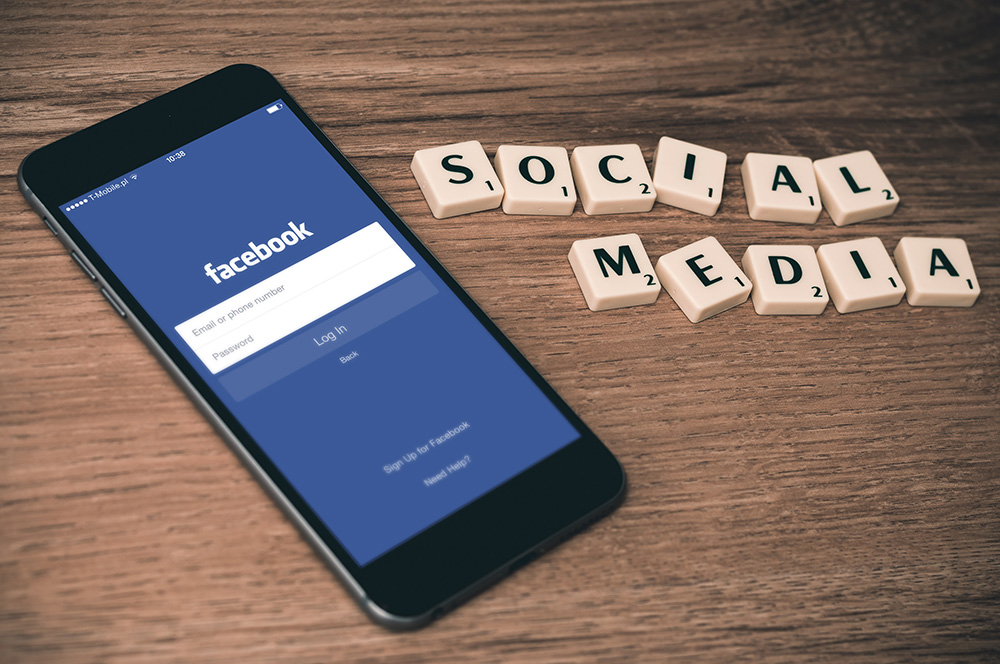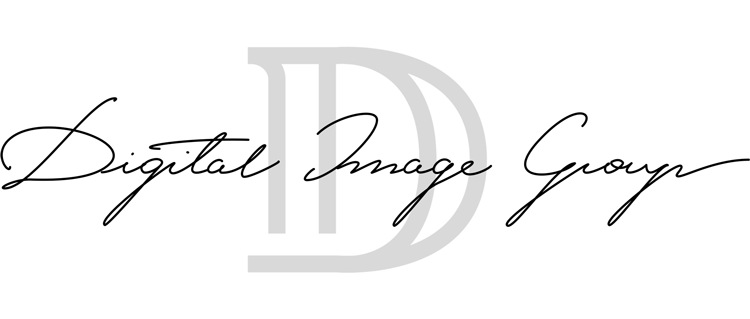
05 Jan How to Create a Facebook Business Page – The Definitive Guide – with Template and Strategy
I’ve built and managed over a hundred Facebook pages for businesses, including the entire social media ecosystem of a major university, and every-single-page that existed before I arrived needed some level of rescue.
Why?
Because businesses often think about Facebook like a business. They try to use Facebook as a marketing channel. And when no one tunes in, they sit back and ask: Why?
If you want to succeed on Facebook, or social media for that matter, you need to think about Facebook more like a magazine and less like a billboard.
In this article, I will show you how to set up a page, provide you with a template to use for creating graphics and weave in tips and strategy. I will also update this post as often as I can, which means that this will (hopefully) be the last article you will ever need for creating a Facebook page.
Let’s start with the nuts and bolts.
STEP 1: CREATE A FACEBOOK ACCOUNT
It all starts at Facebook.com. If you don’t have an account, you need to create one.
STEP 2: CREATE A FACEBOOK PAGE

Once you have a personal account, click the small arrow in the top right of your news feed and select ‘create page.’
STEP 3: CHOOSE A CATEGORY
This will take you to a page where you can select your page category. I will soon update this article to dive into the difference of each of these, but there aren’t many. You should select the category that best fits your needs. For this article, let’s choose the ‘company, organization or institution’ category.

Choose a Category
STEP 4: CHOOSE AN INDUSTRY
Next, select your industry, input your company name and click ‘Get Started.”
STEP 5: FILL IN YOUR INFO
Don’t worry about messing this step up because you can always come back and edit and update this information. If it is easier, feel free to gather this first. You will need:
- A page description and your website address (if you have one).
- Your profile picture, which for a business or organization should be your logo. (See template for size.) You can also opt to let Facebook import this from your website.
- Add your page to your Facebook favorites so that you can easily find it in the future.
- Finally, tell Facebook what your audience looks like. Again, this can be edited down the road and will mostly be used by Facebook if you ever choose to pay to promote your page. (We will discuss when this makes sense shortly.)
Congratulations! You have a business page! However, this is just the very beginning.

Stay tuned for a full template write up.
SHOULD I PAY TO PROMOTE MY PAGE?
At this point, you will want to promote your page. You can do this by announcing your new creation to your friends and family, post a link to your page on your website, in your newsletters, display it on signage in your business or just about anywhere else you think your customers and fans will find you.
You may also want to pay a few dollars to let Facebook promote it for you. I do recommend this, but only for a short period of time. My experience is that people are hesitant to join a page that has no followers, so I always write into my budgets a stipend of $250-$500 to promote a Facebook page when it is first created. You will likely find that you will generate 1 follower for every $1 you spend. You will want followers who actually care about your business and who may actually spend money with you, so it is best to promote your page yourself once this initial base is established. You will also find that any paid advertising you do on the platform will generate residual page followers.
WHAT SHOULD I POST?
As I mentioned earlier, so many businesses get Facebook wrong because all they want to do is sell, sell, sell, yet many of us are weary of constant advertising. What we want is something that will entertain us, educate us or make our lives easier. To meet this desire, businesses do well to think of their Facebook page more like a magazine.
If you want a full strategy, read my Facebook for Business Strategy article.
Magazines have made an industry out of finding the balance between the quality content that their readers want and advertising. The articles keep people tuned in while the ads keep the lights on. Too much advertising and readers leave; not enough advertising and magazines lose money. You will need to test this for your specific audience, but the general rule-of-thumb for Facebook is somewhere around 80% interesting content / 20% sell. Thankfully, Facebook offers a ton of audience insights into what you post that your audience is interacting with, just test and test and test again.
I also suggest you mix post types. Find a list of five or six sources of original and high-value information for your audience and mix that with original information that you write yourself.

The standing format that I use when creating every-single-post that I ever publish is:
(Links have an inherent call to action because people know that a click will lead to more information.)
HOW SHOULD I POST?
There are a few post types that will produce different results with different people, so post all of the following types of content and watch to see what works best with your customers.
Text: This format will usually have the least interaction because we are so visual. I always include some sort of visual.
Photos/graphics: These work well for interaction. You can either share high-quality photos of your products, location or whatever you can think of, but I STRONGLY suggest you use the highest-quality photography that you can afford. There are a few sites that offer photography for free, including this website. Junky images and graphics are the quickest way for customers to recognize a low budget.
Video: Video has the highest level of engagement on Facebook for several reasons. Facebook is fighting to overturn YouTube for the largest video platform online, and one of the ways that they are doing this is to allow videos, especially video published natively onto the site, to by seen by more people.

Links: Links fall somewhere between photos and video for engagement as long as the links are high quality. But be careful. Facebook tries to automatically find a photo to include with the link, but you don’t need to accept the image Facebook selects. Find a high-quality image, deselect the image that Facebook has chosen, click the + and add your own.
Finally, I suggest that you post a minimum of 2x a week. I have managed high-growth pages that I posted to 1x-3x a day. The more you post, the more people will see you.
NOW A WARNING…
Facebook uses an algorithm to decide who to show what posts and this algorithm will penalize your page if it goes too quiet for too long. How long? No one knows for sure, and it changes often, but the best standard to follow is to either prepare to maintain a Facebook page for at least two years or select a different way to engage with your audience online.
For businesses that follow this formula, Facebook offers great rewards over time.
If you have questions, or simply don’t have the time, contact me today. I’m always happy to help.
[/vc_column_text][/vc_column][/vc_row]

